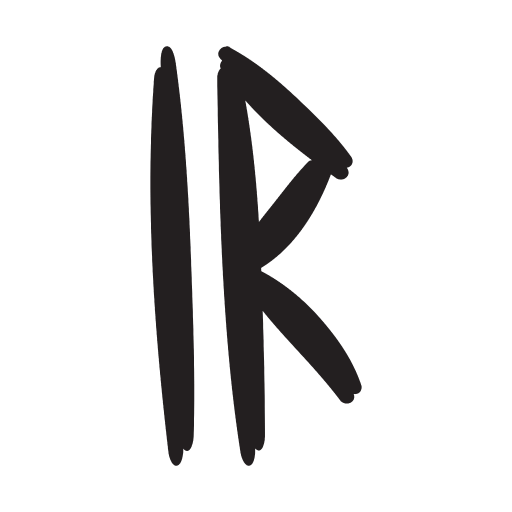Archetypes of Odin
Odin’s archetype considers wisdom and knowledge, war, death, and magic. Here are some key aspects of the Odin archetype:
Wisdom and Knowledge
Odin is known as the wisest of the gods, sacrificing one of his eyes at Mimir’s well to gain immense knowledge. This emphasizes the value of knowledge and the sacrifices one might make to attain it.
War and Death
Odin is associated with war, battle, and the slain warriors. He is often depicted as the leader of the Valkyries, who choose the bravest of those slain in battle to reside in Valhalla, the hall of the slain, where they prepare for Ragnarök (the end of the world). This warrior aspect of Odin reflects the archetype of the warrior king who rules through strength and strategy but also values honor and bravery.
Shaman and Magic
Odin is associated with magic and the mystical arts, often depicted as a shamanic figure who guides souls and understands the hidden realms. His practices include shape-shifting and necromancy, highlighting a connection to the spiritual world. Odin is also known as a master of Runes, who gave them to people. Runes are the ancient symbols used in divination and magic in Norse tradition. His ability to manipulate these forces makes him a figure of profound magical power. This magical aspect of Odin’s archetype aligns him with the archetype of the shaman or the sorcerer, who can traverse different realms and influence reality through esoteric knowledge.
Fate and Destiny
Odin’s concern with fate is significant; he often seeks to understand and influence the destinies of gods and humans alike. He is associated with the Norns, the controllers of fate, and this reflects the tension between free will and predestination.
Wanderer and Explorer
Frequently portrayed as a wanderer, Odin travels the world in disguise, seeking knowledge and experience. This aspect reflects themes of exploration and the quest for understanding the complexities of life.
Father and Allfather
As the father of various gods, including Thor, Baldur, Vidar, Vali, Hodr, and Hermod, Odin represents the archetype of the patriarch and father. His relationships with his sons reflect themes of guidance, legacy, and the intergenerational aspects of wisdom and power. As Head of the Norse Pantheon, his impact is not limited to his children, and he often serves different situations, including conflicts, and keeps authority over final decision-making in various situations.
Trickster
While less prominent than other traits, Odin also possesses elements of the trickster archetype. He is known for his cunning, and his actions are not always straightforward, often involving deception or manipulation to achieve his goals. This reflects the complex and multifaceted nature of his character.
Have a question or want tot share your opinion?
Just use our forum to start a discussion.


